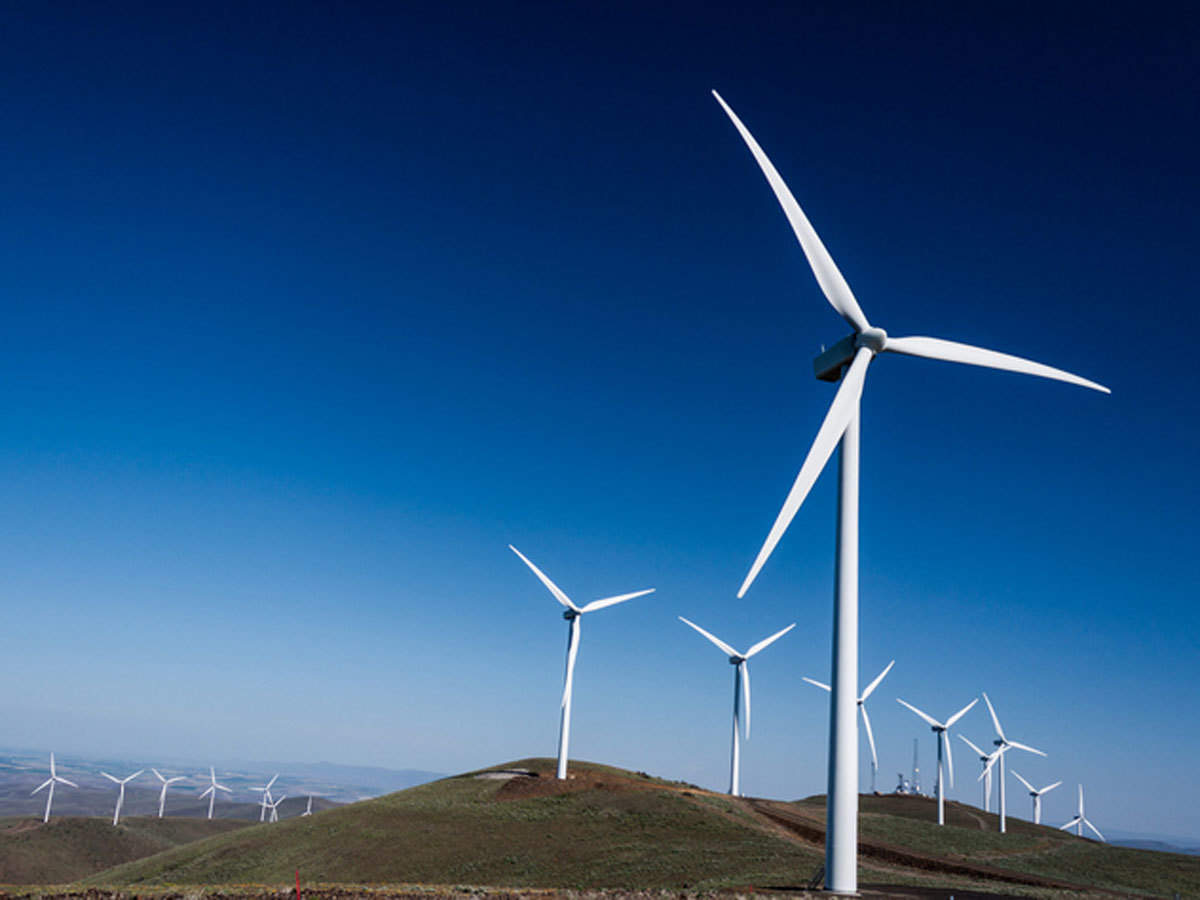
1.5 TW of wind, solar capacity needed each year by 2030 to meet 1.5 degrees limit – EQ Mag
The installation of new wind and solar power must happen five times faster by 2030, at a rate of 1.5 TW per year, according to a new analysis that imposes sustainability restrictions and minimises the need for carbon dioxide removal (CDR). This is necessary to keep global warming to 1.5 degrees Celsius. By the end of this decade, the capacity of wind and solar energy must have increased from 2 TW to roughly 10 TW. If the recent acceleration in the installation of capacity is maintained, this is feasible.
“Everyone is asking for a worldwide renewables target, from the EU to the COP Presidency, but this must be based on the safest path to net zero. We’ve demonstrated that we won’t need to rely on potentially unsustainable levels of carbon dioxide removal in the future if the world accelerates new wind and solar fivefold to at least 1.5 TW a year by 2030 while cutting fossil use by 40%, says Claire Fyson, Head of Policy at Climate Analytics.
In order to keep global warming below 1.5 degrees, the study identifies key milestones that must be achieved by 2030. These include rapidly increasing renewable energy sources to 70% of the world’s energy mix, halving greenhouse gas emissions by 2030 by cutting emissions by 8% annually, and reducing global methane emissions by 34% over this crucial decade. Methane emissions in the energy sector would have to decrease even more quickly, by 66%.
“Our methodology only uses the most recent worldwide routes with the most recent data on technologies and expenses. Wind and solar power are known to scale up quickly and be less expensive than fossil fuels. Neil Grant, Energy and Climate Analyst at Climate Analytics, says, “Our analysis shows they can do much of the heavy lifting so urgently needed this decade. Let’s fast-track their rollout.”
The IPCC AR6 database contains certain paths that are not entirely compliant with the Paris Agreement. The study’s methodology eliminates older evaluations and those that place an undue emphasis on risky assumptions in favour of the most recent 1.5-aligned routes that incorporate sustainability limitations. As a result, only 0.1% of the world’s electricity would come from CCS by 2030.













